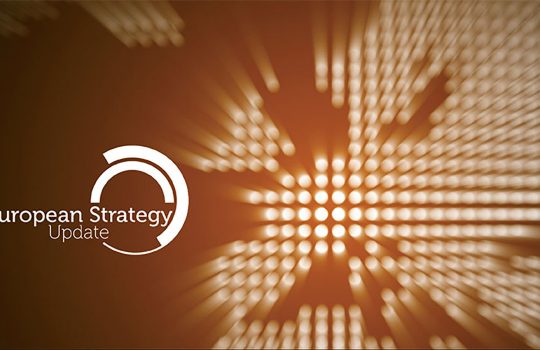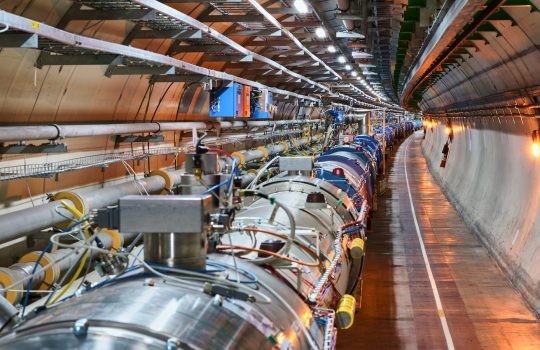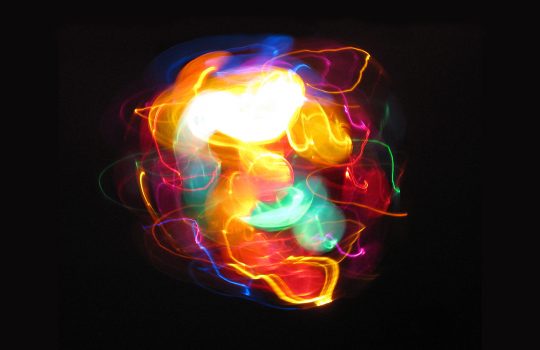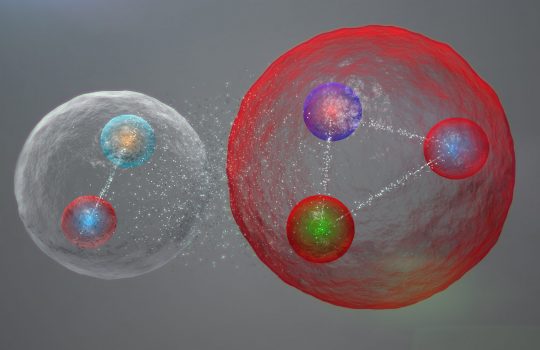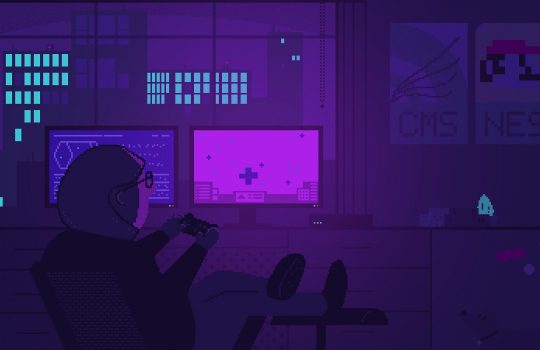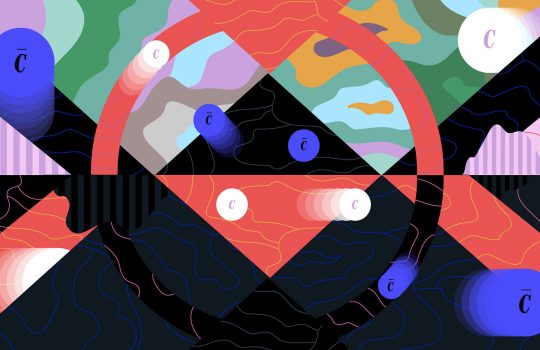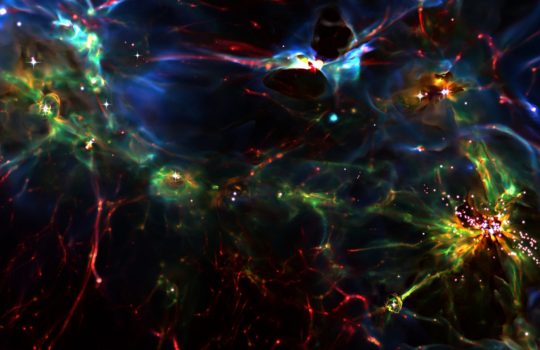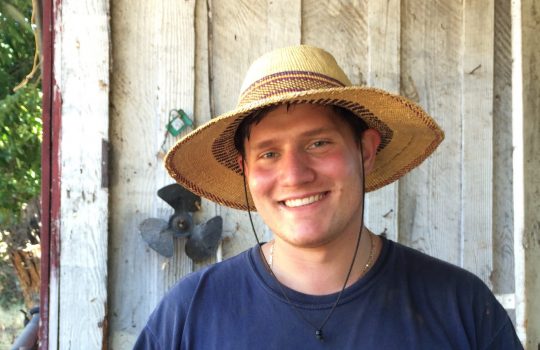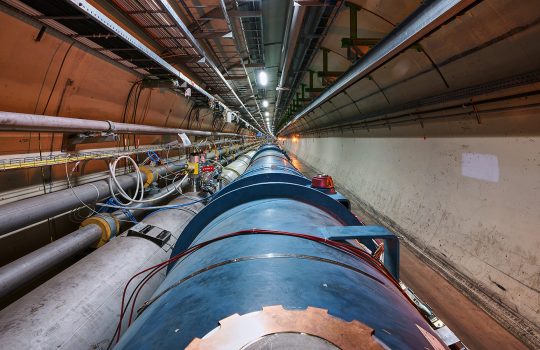Europe’s path forward
Physicists meet this week in Granada, Spain, to update the European Strategy for Particle Physics. Hundreds of scientists from around the globe associated with the European particle physics program are meeting ti discuss and evaluate what Europe’s next collaborative projects should be. The end goal is a consolidated strategy that European research institutions can use to guide their efforts for the next several years.

